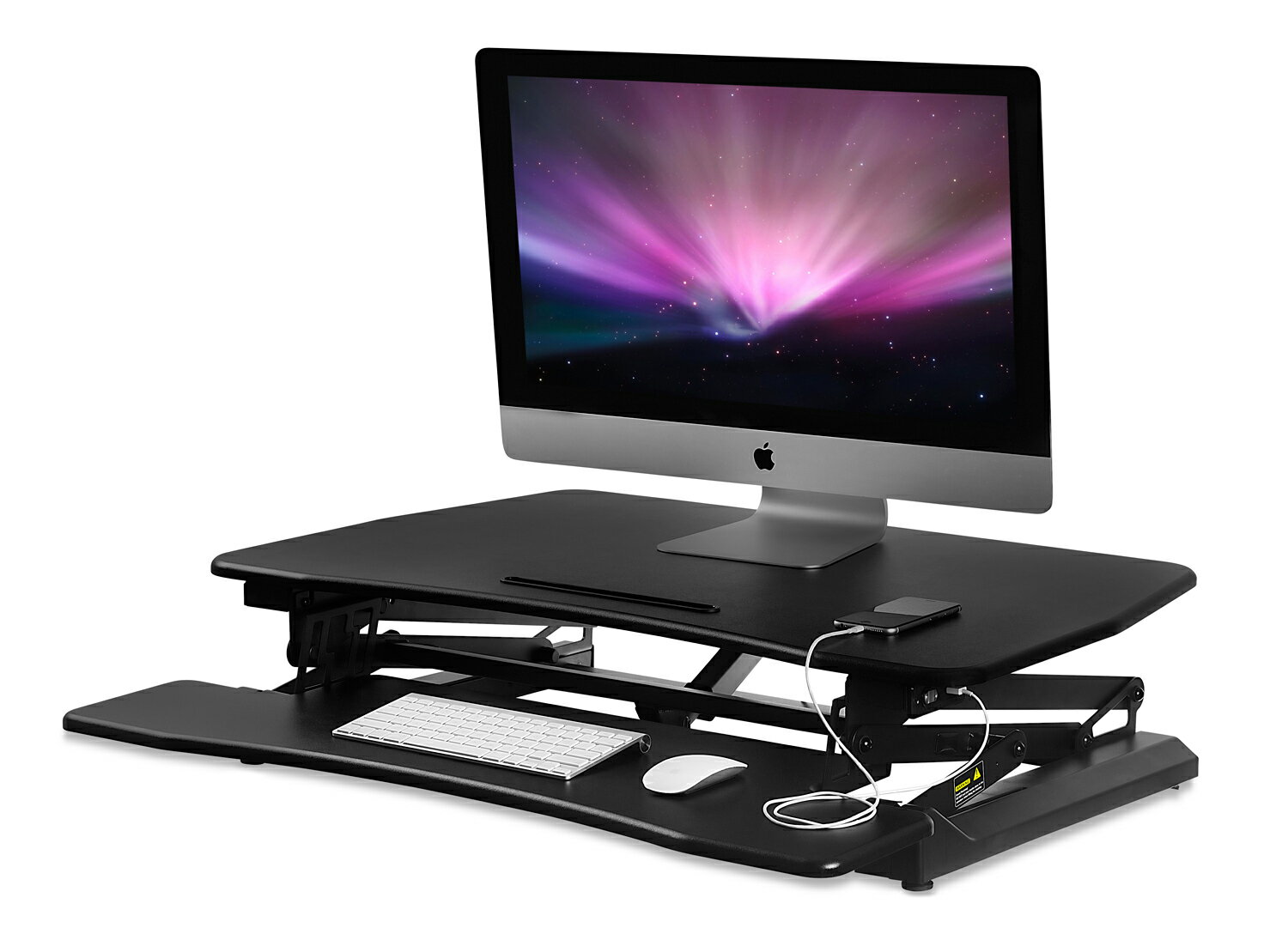


Tables will have different mechanisms to go up and down, and you need that movement to be smooth and fluid, so you can alter the table height easily and quickly and transition between standing and sitting, without it affecting your work focus. For taller users, the table needs to be stable, especially at the upper limits of its height range – a lot of inferior tables will begin to wobble when raised and you begin to type or write, which is never good for productivity. Firstly, you’ll need a good height range, so you can accommodate everyone who might be using the table, from children to adults. So, let’s think about what you might need from a standing desk.

With flexible working continuing to become the norm, more people are looking to outfit their workspace with a designated standing desk that can help them move from one posture to another throughout the day, without interrupting workflow. Since then, evidence of the ill effects of spending too long in a seat has been overwhelming, and sit-stand desks, which were once thought to be a wacky work practice, are now believed to be key in helping us live longer, healthier lives. The first indication of how bad sitting for prolonged periods is for our health was revealed more than 70 years ago, when researchers found that double-decker bus drivers were twice as likely to have heart attacks as their bus conductor colleagues, who spent most of the working day on their feet.


 0 kommentar(er)
0 kommentar(er)
